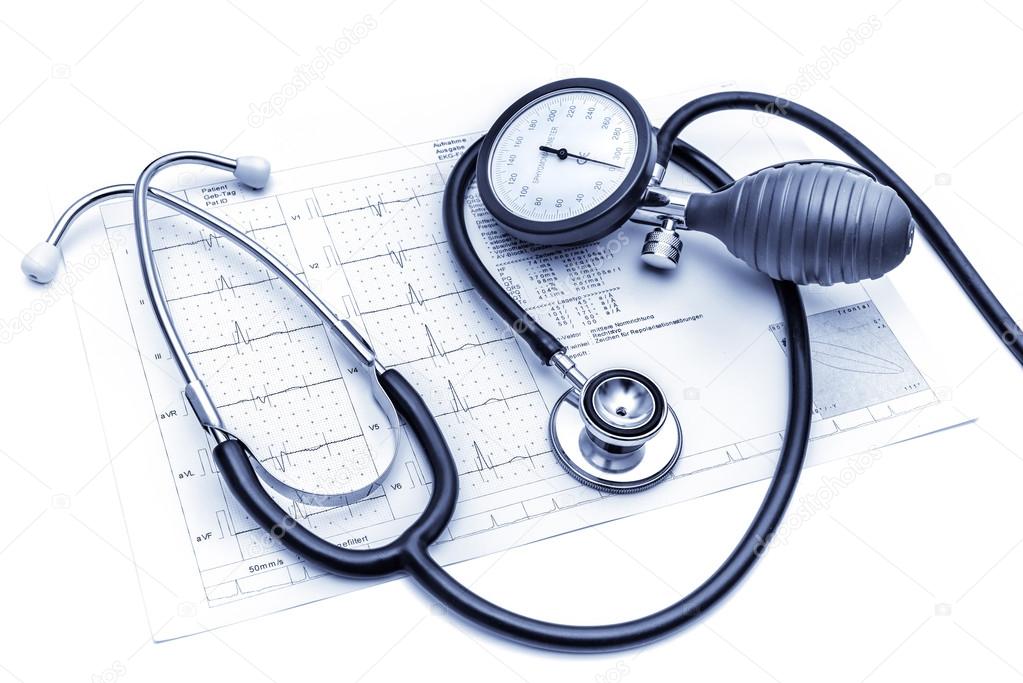Every healthcare facility will have a collection of diagnostic tools. From hospital settings to outpatient centers to residential homes, diagnostic equipment is vital to providing optimal patient care.
Whether it is a piece of specialized equipment or sophisticated software, diagnostic tools are necessary to identify various illnesses and diseases. When a diagnosis is made, doctors and other healthcare professionals are then able to formulate customized treatment plans for their patients.

The exact diagnostic tools that are needed will depend on the specialties of the healthcare facility. For example, you will find various scanning machines in radiology or A&E departments. You are more likely to find sample analysis equipment from PHC in medical or biology labs.
However, there are several tools that are used in multiple areas of medicine.
Here are three commonly used diagnostic tools in the healthcare industry.
Topics Covered
Stethoscopes
Even if you know nothing about medicine, it’s likely that you know what a stethoscope looks like. They’re the small flexible things that are often seen wrapped around the back of a doctor’s neck.
Stethoscopes are used by healthcare professionals to listen to the heart, blood vessels, and lungs. They are used alongside sphygmomanometers to measure systolic and diastolic blood pressure.
Getting an auditory glimpse into the inside of the body can help doctors to diagnose a range of health conditions, such as:
- Heart murmurs
- Heart palpitations
- Arrhythmias
- Abnormally high heart rate
- Pneumonia
- Bronchitis
Ophthalmoscopes
Another commonly used diagnostic tool is the ophthalmoscope. They are hand-held tools that can be used to view a patient’s eyes in more detail.
There are two kinds of ophthalmoscopes – direct and indirect. Direct ophthalmoscopes are held in close proximity to the eye to produce an image that is magnified by around 15 times.
Indirect ophthalmoscopes are held slightly further away because they use brighter, more powerful lights to view the eyes. They produce an inverted image.
Ophthalmoscopes are most commonly used to diagnose problems with the eyes, such as cataracts, glaucoma, and detached retinas.
Sphygmomanometers
If you’ve ever been for a general health check-up at your local healthcare practice, your doctor probably measured your blood pressure using a sphygmomanometer.
This type of diagnostic tool is used to take systolic and diastolic blood pressure readings, often alongside a stethoscope. They may be used as part of the diagnosis for heart conditions, high or low blood pressure, and diabetes.
Manual sphygmomanometers require the healthcare professional to pump a small air-filled ball and listen out for the heartbeat. Manual options are more reliable than digital options, but require special training to use correctly.
Digital sphygmomanometers can be inflated manually or automatically. They are much easier to use and may be better for noisy areas where it would be difficult for healthcare professionals to hear the heartbeat.
However, instead of providing exact measurements, digital sphygmomanometers calculate an average systolic and diastolic blood pressure. This makes them less reliable than manual sphygmomanometers.




